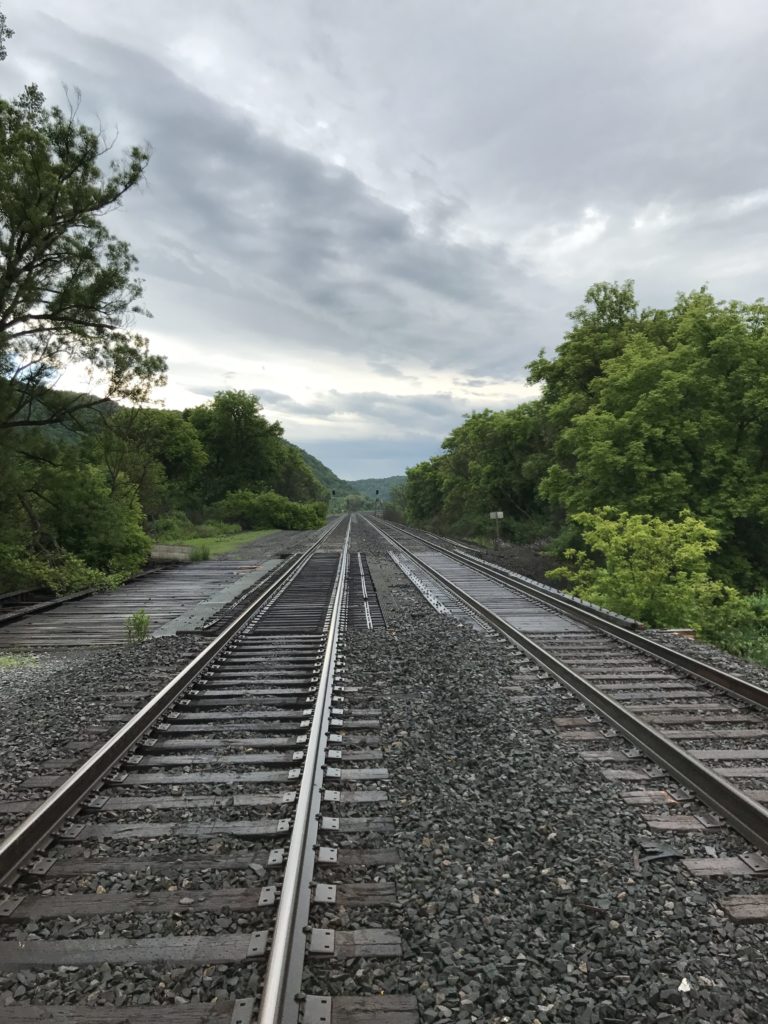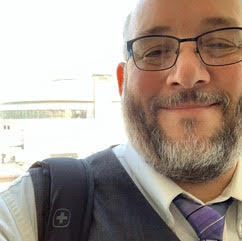The Day After Canada 150
Busy weekend this weekend. In the US, people are preparing for the Fourth of July—America’s Independence from tyranny, and from Britain. On Saturday, 01 July 2017, Canadians celebrated their 150th anniversary of existence. In both of these narratives and celebrations, a large glaring elephant in the room type of omission is happening once again—the exclusion and omission of the Indigenous peoples of these two countries and of this hemisphere.
A number of Indigenous peoples, communities, and nations have launched protests against these celebrations. I cannot and will not speak for any one individual, community, or nation—I can only speak for myself. I speak both from the perspective of a Native person—I am enrolled as an Akwesasne Mohawk—on both sides of my community; the Canadian and American borders crossed our territories—we did not cross them. I also speak from the perspective of a Native Professor—someone who teaches, contemplates, and wrestles with these kinds of complexities.
Tipi Protests in Ottawa
A few days ago, as they were called by Canadian media—Indigenous protestors attempted to erect a tipi (or teepee, if you prefer) on Parliament Hill in Ottawa. From my perspective to raise awareness once again of Indigenous peoples of Canada; in particular water rights. Here’s a link from Huffington Post Canada: http://www.huffingtonpost.ca/2017/06/29/teepee-erected-on-parliament-hill-to-protest-canada-day-as-indig_a_23007863/ Immediately, some were arrested, and later let go without charges. The tipi was deemed potentially danger—given the security concerns over the weekend’s celebrations.
I have to wonder, and ask, was it the tipi that was deemed dangerous and potential threat—or was it the Indigenous peoples who were viewed as threatening? Or, I am sure some comments likely said—Indigenous peoples were trying to ruin people’s fun. The key is understanding the situation is something that has been occurring regularly in Indigenous communities, gatherings, and events for some time now.
Many Indigenous peoples, scholars, and gatherings will acknowledge the Traditional homelands, ancestral lands, and unceded lands where an event is being held. When I was recently at UBC, there was not only signage all over campus, but in every presentation, I attended at NAISA 2017—there was an acknowledgement of the traditional ancestral unceded lands of the Musqueam peoples—who were hosting all of us. I have to wonder if Ottawa can or will acknowledge the traditional lands of Algonquin Peoples?
Prime Minister Trudeau “met with protestors” the next morning. Here’s a link: http://aptnnews.ca/2017/06/30/trudeau-visits-with-indigenous-group-at-parliament-hill-ceremonial-teepee/ And some tough negotiations took place with RCMP, Indigenous Peoples, and others—to help others understand what was being said by Indigenous Peoples, be it in a protest or to raise awareness. In spite of the TRC (Truth and Reconciliation Commission), there is a lot of education that will need to happen in Canada. Eventually, the tipi was moved from the fringe of Parliament Hill to near the Peace Tower.
It will be a slow and ongoing process to be sure. But at least some of those conversations, though they be difficult, are taking place in Canada. In the US, I fear we are years, and even decades away from that conversation, let alone a TRC-like report. Americans, by in large, prefer to confine those atrocities, be they past, or ongoing to the past—telling Indigenous/Native peoples “to simply get over it. After all, it happened like 200 years ago.”
So, to be sure, there were Indigenous peoples who protested. There were other Indigenous peoples who welcomed and partook in the celebrations—even as an exercise in education. And there were other Indigenous peoples—myself included—who simply went about their days and lives. Some editorials like this one—raised a tremendous question—is there reason for Indigenous Peoples to Celebrate Canada 150 (I would add Indigenous/Native Peoples celebrating the Fourth of July in the US to this too). Here’s the link: https://tworowtimes.com/opinion/canada-150-many-indigenous-people-see-little-reason-celebrate/
In the end, the tipi was moved from a far corner of Parliament Hill, nearer to the Peace Tower. Here’s the link: http://www.cbc.ca/news/canada/ottawa/teepee-indigenous-ceremony-moved-hill-june-30-1.4184414
How I went about Canada’s 150 Day
I went about Saturday, 01 July 2017 (Canada’s official 150 Celebration Day), by going to visit and have breakfast with some very dear friends. I also did my laundry, and took Chloe for a long walk. She is still tired, I have to learn to remember she’s not a puppy anymore (she’s 8 now). So, all in all, it was a mundane, and chore laden Saturday for me—like most Saturdays are in reality. And the fireworks in the neighborhood went well into the night—thankfully I was too tired to keep my eyes open.
R-E-S-P-E-C-T (Sorry, had to borrow this Aretha)
In addition to the issues over the tipi being raised on Parliament Hill in Ottawa, social media exposed another issue in the wake of Canada 150 Day. At a press conference with family members of missing and murdered women, the media painted an Indigenous woman as angry-calling a reporter (I presume) a “white lady” and asking her to leave for not respecting them as Indigenous Speakers on a difficult subject. Here’s the link: http://globalnews.ca/news/3565073/indigenous-press-conference-white-lady-demand-leave/
What troubles me the most is that the reporter is seemingly portrayed as not participating or provoking the “angry” exchange—rather she is framed as simply doing her job and likely asking tough questions. The article states, “Julie Van Dusen, a CBC television reporter who asked the question, tried to interrupt…” And that may be a tactic the media employs often—but it is akin to asking Trayvon Martin’s family, “do you think President Obama is better for African-American communities—say then President Bush?” right after everything happened with Trayvon?
But common protocols and practices in Indigenous communities is to allow one to speak fully, and never interrupt. Rather the person or persons listen closely to what the speaker is saying. In a number of Indigenous cultures there can be a phrase or saying that lets others know the speaker is done talking—i.e. in Haudenosaunee culture it is often the saying, “Da•ne’thoh.”
This type of question may have been meant to deliberately provoke a response—and likely an emotional one at that. Why? Because then the person of color in question can be minimalized, or even dismissed as emotional, or even unstable—rather than righteously indignant at the level of disrespect shown towards them.
Because at the end of the day, Indigenous peoples in Canada, African Americans in the US, and so many “Others” still all share one thing in common far too often—they are not seen or believed to be fully human.
The Deeper Issue(s)
A larger part of this issue that stems from colonial times and history, that is perpetuated to this day—is that all other civilizations, communities, and nations must adhere to Western notions of civility, discourse, and cross-cultural engagement.
Ironically, when one studies history long enough—one is bound to realize that in fact Europeans did learn protocols and procedures for engaging with Indigenous Nations—and did so quite frequently. Yet, a mythology that coincided with Manifest Destiny allowed to a falsehood to take root.
That falsehood was that Indigenous peoples are conquered. Outside of the current US President—how many times have you seen diplomacy deliberately undercut, or crude behavior practiced by diplomats where America or Canada is simply better than the counterparts they are dealing with—be it China, Ecuador, or First Nations Peoples? Well, I keep hoping for that last one to improve—First Nations peoples having treaties honored and actually adhered too. Today, I’d settle for fundamental awareness of treaties like the Jay Treaty.
Need some examples from Haudenosaunee History of protocols being observed by Westerners—be they English, French, American, Dutch: George Washington Commissioned a Treaty Belt for the Canandaigua Treaty in 1794 (knowing that is how Haudenosaunee remembered their agreements); Edge-of-the-Woods and Condolence Ceremonies were done before treaty negotiations to raise up the minds to Good-Mindedness, so that negotiations could happen without lingering angry or fears; and finally, good hospitality was always practiced—being a good host was paramount to relationships.
For me, the Two-Row Wampum is always a good way to engage one another diplomatically, culturally, and socially. So is using our best minds or our best thinking and words—or Good-Mindedness in our approach to one another and issues at hand. But these are ideals that mean we all must consciously and deliberately strive towards each and every day. Will we always get it right, or do it right? Of course not. But we can strive to do our best—in this one moment and place in time.
An Op-Ed Cartoon Deconstructed
Finally, for my Weekend Rumination—I want to examine critically an op-ed cartoon from Saturday/(Friday’s) Hamilton
Spectator. Why? Because it encapsulates the very core of this rumination and thinking. But once again, it is only my perspective—and how I’ve reacted to it. But isn’t that what art and the like is supposed to do?
In the image, and contained in the black-outlined 150—are colorful images of Canadians, and I’m sure Canadian historical events. On the top of the 5, largely blacked out is an image of a tipi, with gray smoke from a fire, and some Indigenous people around a drum. To me, it is so muted and obscured, that it belays the point—Indians are represented, but as what?
A shadow of the past? Faded from color and memory? Not fully present—for the Canada 150 Day—or as part of Canadian society?
I ask these questions not facetiously, but in earnest. Even with TRC, and ongoing attempts to repair relationships between Canadians and Indigenous Nations and communities—one major step towards this is to purposefully and deliberately stop treating all Indigenous peoples as one homogeneous group. And stop confining Indigenous peoples to the past.
Certainly, our thinking, language, and ceremonies/spirituality are rooted in a past that predates European contact. And sure, Europeans, Americans, and Canadians to various levels and attempts attempted to eradicate Indigenous thinking, culture, language, and people—but we are still here. Many languages are still present, (as are our ways of thinking and ceremonies) and a number of communities are working hard to recover their languages—and cultural fluencies.
We are all different Nations and communities. We all have different relationships to the lands where we are located both in the US and Canada. We even have different relationships with one another—sometimes good, sometimes not. Just ask a Haudenosaunee and Anishinabek person who won the ancient “Iroquois-Ojibway War?”
Weekend Retrospection
So, in the end, enjoy your celebration as Canadians. But think about what these celebrations mean to Indigenous peoples, communities, and Nations. Acknowledge that the shared history is not always positive, not always pleasant, and sometimes downright anger-inducing for Indigenous peoples.
In the US, celebrate your independence from Britain—but remember you did not do it alone—Indigenous/Native peoples helped you—and paid a steep price if they were allied to the British—and in some cases paid a steep price even when allied to the Americans with losses of lands, culture, language, and ceremonies. But in both cases, we are still here!
It all comes down to this: learn and know your own and others’ histories. For individually and collectively—it shapes our thinking, it informs our words, and it demonstrates an understanding of the complexities of our cross-cultural exchanges, relationships, and yes conflict over the centuries. It will assuredly shape our discourse and connections going forward into the future, and for those generations yet unborn.
What did you learn this weekend?











